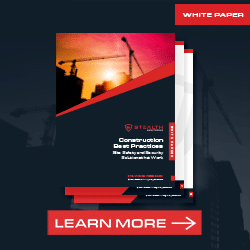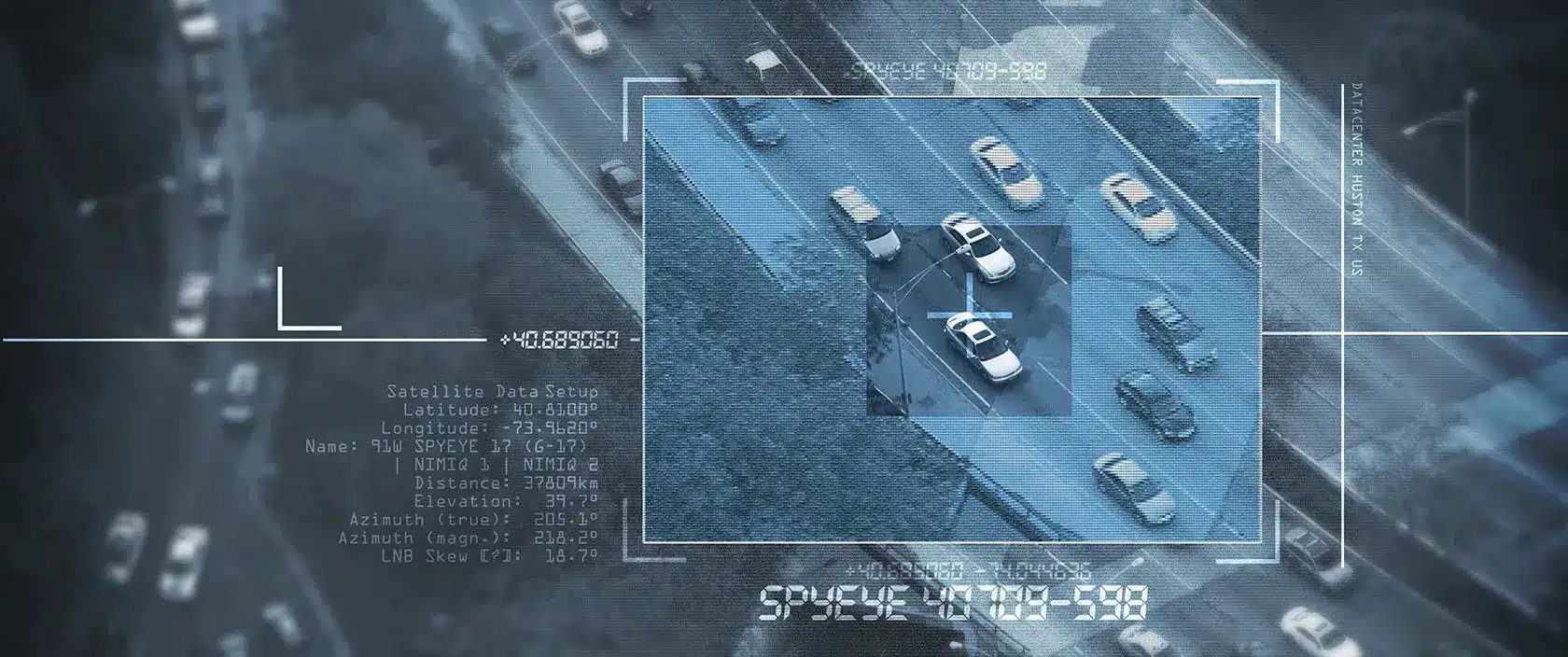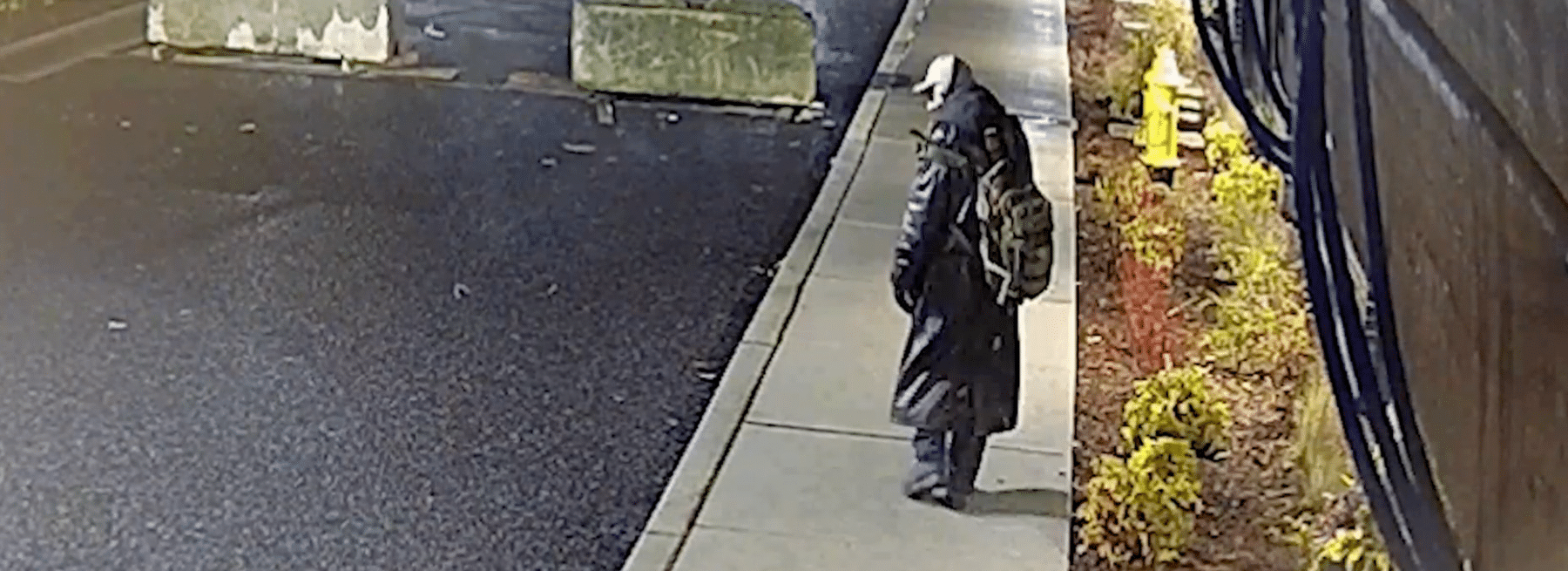Are you prepared for the holidays? This is not in reference to ordering your holiday cards, planning family time, or shopping for food and gifts. It’s about securing your construction site. The National Equipment Register often issues an advisory right before every holiday. Thanksgiving and December holidays are never exempt.
In last year’s equipment theft trends and best practices issued right before Thanksgiving, the National Equipment Register explains that crime tends to mimic the overall economy. With a handful of large tech companies issuing massive layoffs, it’s a sign the economy is in trouble. On top of that, NER shares an infographic indicating crimes occurring at job sites around the holidays are always a problem. Combine the two and you have a perfect storm of crimes waiting to happen over the next few weeks.
Another reason the holiday season stands out for increased crime is that most people tend to stray from their routines. Dr. Brian A. Kinnaird, a professor and former police officer, specializes in criminal justice and social psychology. He’s quoted in an Oxygen article in which he explains the unpredictability of the season makes someone more likely the break the law.
Warning Signs of Construction Site Crimes
In searching for things to pilfer, criminals target equipment based on value and mobility. Just because something sells for a lot of money does not mean they’ll take it. For example, large excavators are worth a lot, but they’re too hard to transport as they’re not mobile. Therefore, crooks tend to target skid steers, mowers, and tractors because they have wheels and are more mobile than an excavator.
Here are the warning signs to monitor for that indicate equipment theft is about to occur on a construction site over the holidays:
- Evidence of early morning or late-night activity.
- Parked trucks, such as U-Hauls, box vans, and enclosed hauler-type trailers that do not belong to the construction site.
- Overloaded trucks and equipment not properly secured during transportation.
- Vehicles parked in parking lots near the job site.
- Opened gates at construction sites that are shut down.
Avoid dealing with the after-effects of a crime and prepare your construction site for the holidays. Even NER says being proactive does help reduce equipment crimes and avert crimes on construction sites.
1. Develop a construction site security plan
A construction site security strategy shouldn’t be done just for the holidays. It’s a year-round must-have. The strategy includes a checklist of processes and procedures for securing the construction site every single day of the year. You’ll need a separate checklist for preparing the construction site for the upcoming cold weather temperatures and another one to prepare for warmer temperatures. These checklists help ensure you don’t miss a step.
List all the possible scenarios that could happen during winter or when you shut down for the holidays. In each one, include a description of how to respond. For instance, you plan to shut down the construction site for the last two weeks of the year. The plan should answer these questions: How will you secure it? If something happens, what will you do about it?
If you don’t already have one, create the plan now. If you do have one, verify you have winter preparation covered. It’s a great idea to create a timeline listing what to do and when to do it. Winterization activities should occur before the temperatures drop and harden the ground.
You want to check for uneven surfaces and potholes before the ground freezes. It’ll be easier to fix these problems while the ground remains softer. Be sure to think about the parking lot and roadways where workers park their vehicles and heavy equipment moves.
2. Add fencing
If possible and municipal laws allow it, put up a fence around the construction site. This is a great way to create a single entry and exit point. It simplifies the verification of everyone’s credentials and managing deliveries.
Of course, fencing isn’t 100% foolproof. Trespassers can cut through them. Fencing is still worth having because it slows them down. Some may leave to find another business with fewer barriers. It’s important to check your fence every day to make sure it remains intact or is in need of repair.
3. Use proper personal protective equipment for the season
Cold weather affects mobility, hearing, and vision. Cold air affects dexterity and traction on the ground. Thicker layered winter clothes limit mobility. Wet clothes increase the risk of injury and hypothermia. Covering the ears for warmth can reduce hearing. Eyewear can fog or have glare from the snow, which can affect vision. The ideal winter gear is waterproof, breathable, and warm without the bulk.
Companies with the lowest rate of construction site injuries tend to use the right personal protective equipment for the job and weather as well as train their employees how to use them correctly. Thus, PPE is one of the worthwhile investments to make for workers on a construction site. It saves money in the long run because you’re unlikely to deal with medical bills.
4. Train construction site workers
Don’t take it for granted that workers know how to correctly prepare tools, wear PPE, and use the equipment. Yes, you hired them for their construction experience. However, the last company may have taken shortcuts or not trained them. Some workers will wear PPE for the wrong tasks. This is why worker training is critical.
In fact, training needs to take place more than once a year. A good example is that the colder and hotter months require different preparation. Before the weather gets hot or cold, conduct training on PPE and tasks.
During the winter, tools and equipment may need to undergo a warm-up process before actual use. Even though it takes time to do this, it limits damage, reduces the chances of injuries, and extends the life of the equipment. This is also a good time to educate them on the signs of hypothermia and illness. The sooner they recognize the signs, the less likely they will be to miss work.
A study has found that companies that hold training regularly experience the fewest work injuries. They help prevent workers from becoming complacent over time. This is dangerous in the construction industry. Processes and procedures need to be followed and consistent training reinforces that.
5. Have a warm break area
Considering construction site work takes place outdoors for a lot of the project, workers may not have a warm spot to go during breaks. They may go in their cars, but it’s not a good idea to run the engine. A better option is to have a large tent onsite or heated trailer that’s big enough to hold workers during their staggered breaks. They need regular breaks to prevent exposure.
Tired and hungry workers are at risk for injuries. You can work around it by filling the break space with single-serving snacks and drinks. However, it’s recommended you don’t serve coffee because it can speed up the heart rate. When this happens, the workers will feel warmer than they actually are. It could make it harder for them to self-regulate their temperatures and notice they may be at risk for exposure.
6. Stay on top of weather reports
There have been a lot of extreme weather conditions that force the shutdown of the construction site. Hence, it’s important to stay informed on weather reports as weather can change without notice.
You’ll need a process for sending notifications to workers letting them know about a shutdown and to stay home. One possibility is to put it on the company’s website. However, severe weather conditions can lead to power outages making it challenging for workers to access the website. Create multiple ways of sending updates to workers.
7. Clear snow and ice
According to the Occupational Safety and Health Administration, falls are responsible for most construction site death and injuries. Remove ice and snow as soon as possible. Be sure to check the stairs, ladders, scaffolding, and roof. Apply salt and sand as needed. Also, monitor the site for puddles and holes. Clear them out or block them off.
8. Add remote video surveillance
One of the best ways to protect a construction site every day is with remote video surveillance. When you combine analytics with trained human intelligence to monitor the construction site, you’re more likely to catch potential problems before anything happens.
Cameras can see everything without safety concerns. While the operators may not be on-site, they can communicate with people on the construction site through on-site audio speakers and call emergency when required.
The way the partnership works is that video analytics analyzes the scene for preprogrammed scenarios. As soon as it recognizes a potential match, it alerts the trained security operators. They review the video and react as needed for the situation. The operator can review the activity and respond appropriately. It could be issuing a warning over the audio speaker, calling the police, or contacting management.
They can watch for safety hazards, check the fence every day, and take action when they observe someone suspiciously approaching the construction site. Video surveillance can even help spot opportunities for improving operational efficiency. With the cameras posted around the site, video footage can help identify bottlenecks and better ways to organize the construction site.
Just like doing seasonal reviews before winter and at the end of winter, video surveillance needs regular system health checks. Technology can break and stop working. It’s reality. The health checks can spot issues before they potentially become a problem. You don’t want to run into an incident only to find out the cameras went down right before it happened.
Relish the Holidays!
Applying these eight tips helps secure your construction site and cut your risk of equipment theft and injuries. Management can rest easy knowing video analytics and monitoring operators are watching over the entire property and saving all the recordings.
Leave the construction site worries to our video analytics and trained monitoring operators. Doing these eight things could bolster your security and safety while keeping your holiday cheer and your construction site safe all year long. When you’re ready to ask your video surveillance questions, drop us a line.




